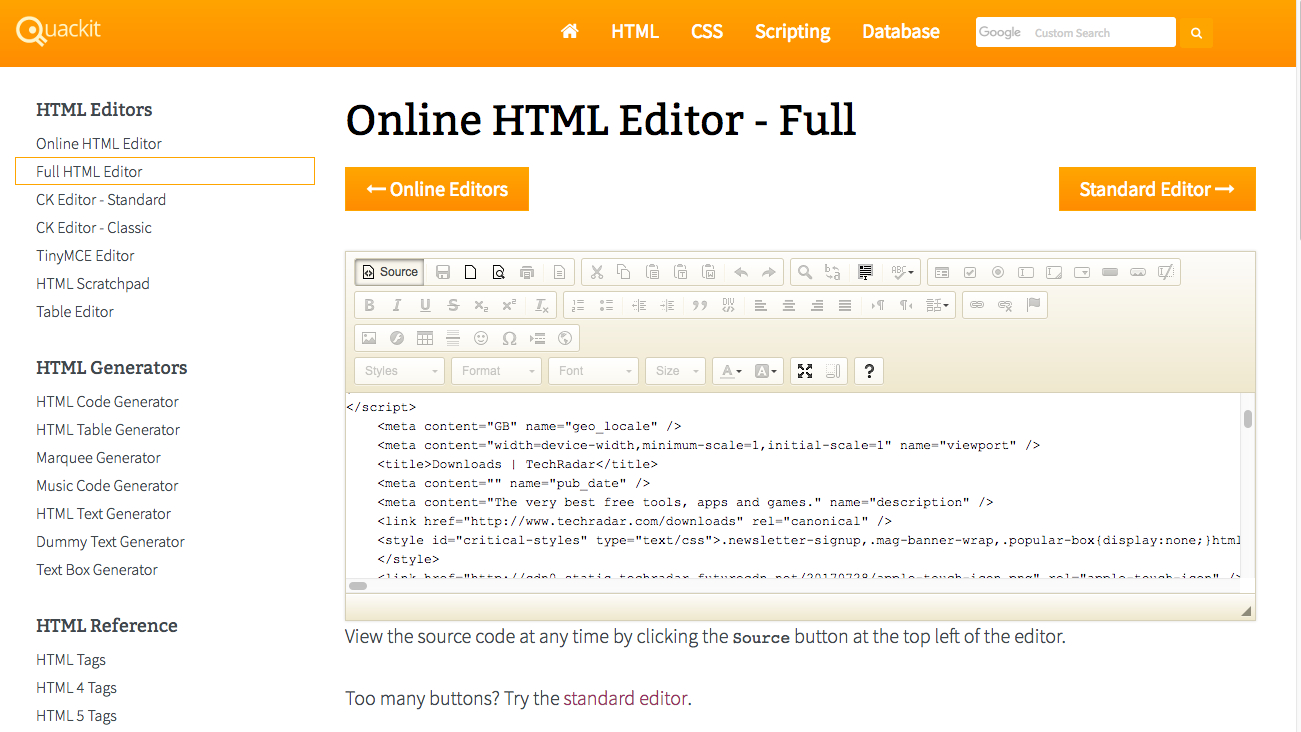
With a WYSIWYG editor, users can add web page elements, such as headings, paragraphs, or images without touching a line of code – making this type of HTML editor an excellent option for beginners with little to no coding experience. In addition, the code editor provides a visual interface that looks like a typical word processor. As the name suggests, the WYSIWYG editor shows a live preview of your page as you add or modify elements. WYSIWYG stands for “What You See Is What You Get”.

There are two different types of HTML code editors – WYSIWYG and text-based editors. That said, different types of HTML editors might offer different sets of features and functionality. Some HTML editors can also translate the hypertext markup language to a programming language, for example, CSS, XML, or JavaScript. Hides a section of code and focuses on certain parts of the HTML document. It connects your web server with an FTP client right from the dashboard. Helps find particular code and replace them all at once, saving time from editing each string of code. Scans for syntax errors whenever you type in code incorrectly to fix the mistake immediately. Automatically suggests HTML elements and attributes based on previously added values, saving time when typing a longer piece of code. Differs HTML tags in various colors based on their categories, making it easier to read and recognize the code structure. The most common features in a good HTML editor are: It ensures every string of code is clean and works properly.

It can be a stand-alone software dedicated to code writing and editing or a part of an IDE (Integrated Development Environment).Īn HTML editor provides more advanced features and is specifically designed for developers to create web pages more efficiently. An HTML editor is a piece of software for creating and editing HTML code.


 0 kommentar(er)
0 kommentar(er)
